
By Kenneth DeCrosta
The Richard and Carole Cocks Art Museum (RCCAM) is home to the Charles M. Messer Leica Camera Collection, which is believed to be the largest collection of Leica photographic equipment in North America and one of the largest collections in the world. The collection was donated to Miami University over three installments in the 1970s by Charles Messer, then head of Frank Messer & Sons, a Cincinnati-based construction company who built many of the buildings on Miami University’s campus that still stand to this day, including the Art Museum. Charles Messer was enamored by the craftsmanship and attention to detail of Leica equipment. Throughout the 1960s and 1970s, Messer curated a massive collection of Leica equipment including some of the rarest or most unique pieces ever produced.
While Messer was able to seek out these items on his own, he needed an advisor to inform him about the history and worth of his purchases. That advisor would be James “Jim” Lager. Messer and Lager met in Columbus, Ohio in the early 1970s during a Leica Historical Society meeting. The two immediately developed a friendship due to their insatiable curiosity and fascination with anything Leica. Whenever Messer purchased a new item for his collection, he would have it mailed to Jim Lager who would examine the item and then return it to Messer along with an appraisal. This back and forth of correspondence continued for years and it would not be an exaggeration to say that Jim Lager was instrumental in the creation of the Charles M. Messer Leica Camera Collection. For those unfamiliar with Jim Lager, he is considered the preeminent Leica historian. Among his many noteworthy achievements, he has written an extensive three-volume guide on Leica photography equipment that is highly regarded in the Leica community.
In September of 2022, Jim Lager visited the RCCAM as part of a three-day trip centered around the Charles M. Messer Leica Camera Collection. The trip was made possible in large part through the generosity of Art Museum member Tom Fey, a local Oxford resident and business owner, former professional photographer, and Leica enthusiast.
On the evening of his arrival, Mr. Lager gave a presentation to Professor Jon Yamashiro’s photography class, who had gathered around the Messer Collection exhibit, on the history of Leica and its significance to the world of photography. The presentation discussed the evolution of Leica equipment from the early “Ur” prototypes to the iconic M-models of the mid-20th century through the use of digital scans of Leica brochures and advertisements. Furthermore, Mr. Lager often referenced the items on display to better illustrate the changes in Leica equipment over time. A highlight of the evening was when Mr. Lager presented his own personal Leica camera which the students were allowed to handle.
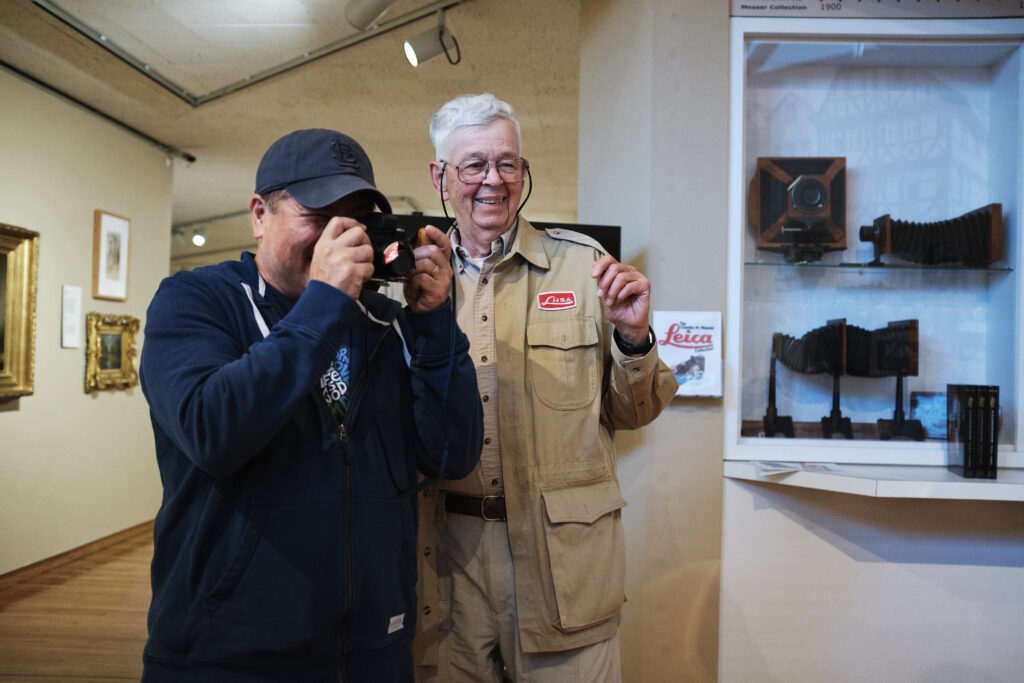
The day after the presentation, Mr. Lager kindly agreed to allow Art Museum team members to interview him for an oral history project. During the interview, Mr. Lager discussed how he met Charles Messer, their relationship, as well as the origin and creation of the Messer Collection. In addition, Mr. Lager went over his own interest in Leica, his career at Leica USA, and the process he went through to write his books. A video of this interview is in production with plans to release it in the near future on our YouTube channel.
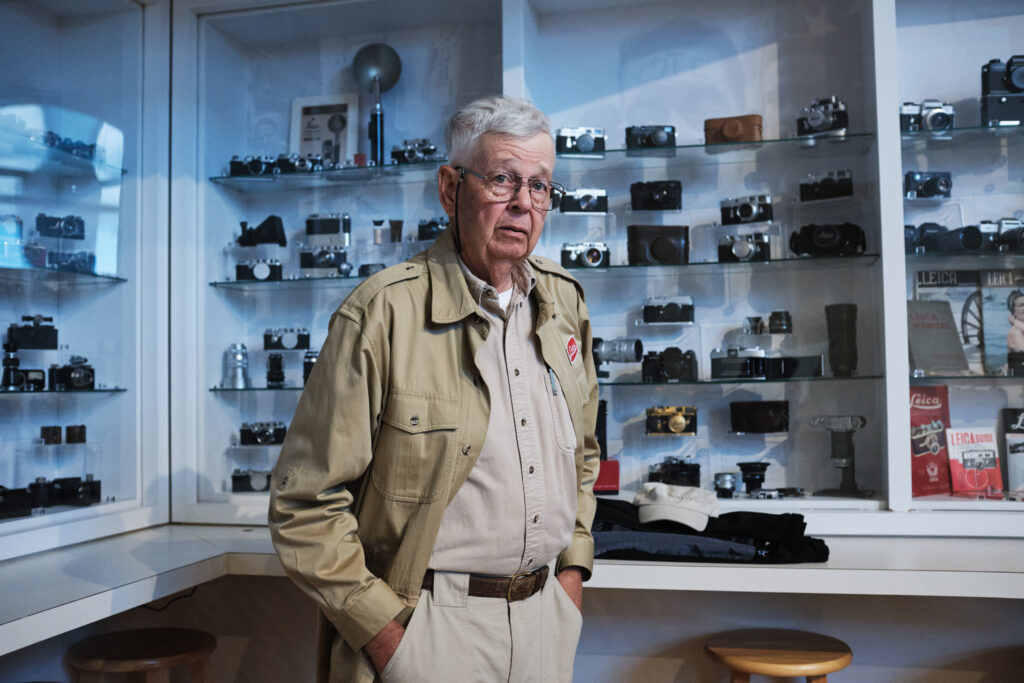
Before having to leave for his flight, Mr. Lager requested to physically examine a few interesting items in the Messer Collection, a black Leica MP14 and a Leica 500.
The black MP15 is an incredibly rare camera as there were very few made and the majority of them were used by photojournalists, meaning they were either destroyed or heavily worn condition at best. The MP15 in the Messer Collection is near mint, furthermore, it includes a unique film advance mechanism. In addition to the traditional thumb advance at the top of the camera, there is a lever that could be deployed from the baseplate. This lever was much faster compared to the traditional film advance, making it favored among photojournalists.
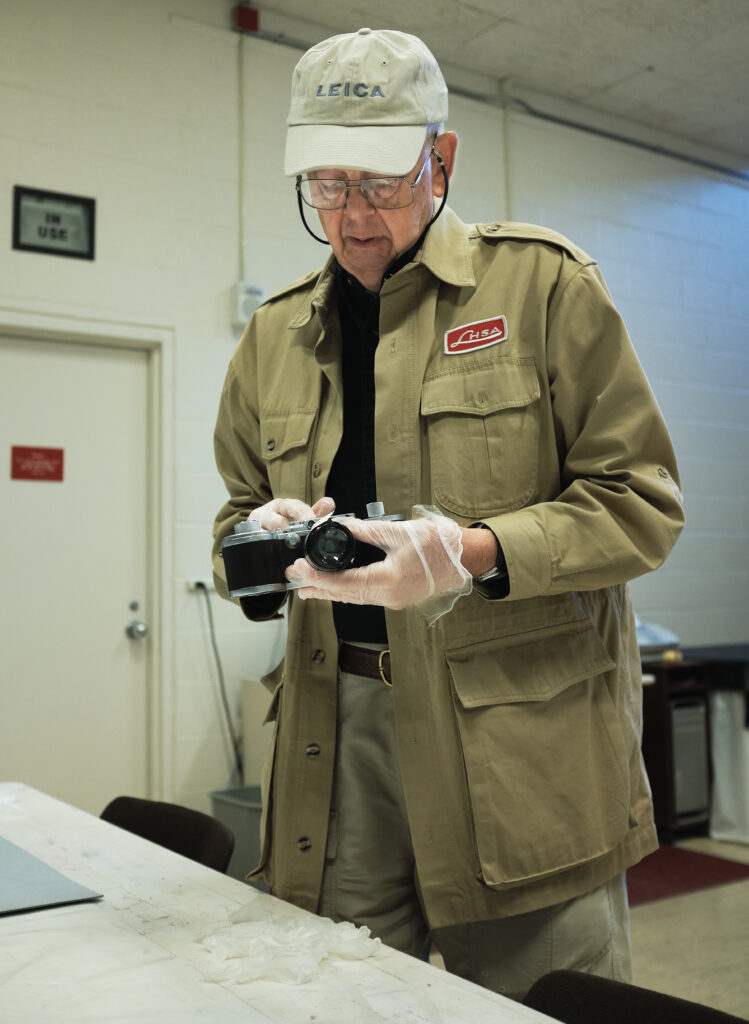
The Leica 750 has the capability to hold 750 frames of 35mm film and it has a unique history in that it was not actually made by Leica. According to Mr. Lager, the Leica 750 was created by an unknown engineer who modified a standard Leica. It is unknown if there is more than one in existence.
After handling the two cameras, Mr. Lager met with Miami University President Dr. Gregory Crawford, and Ambassador Dr. Renate Crawford, as well as then-interim Provost Elizabeth Mullenix, who all came to speak with Mr. Lager and see the Messer Collection. Their conversation revolved around Mr. Lager’s interest in Leica and the Model 114 on display, the first Leica prototype and one of the rarest and most important items in the Messer Collection.
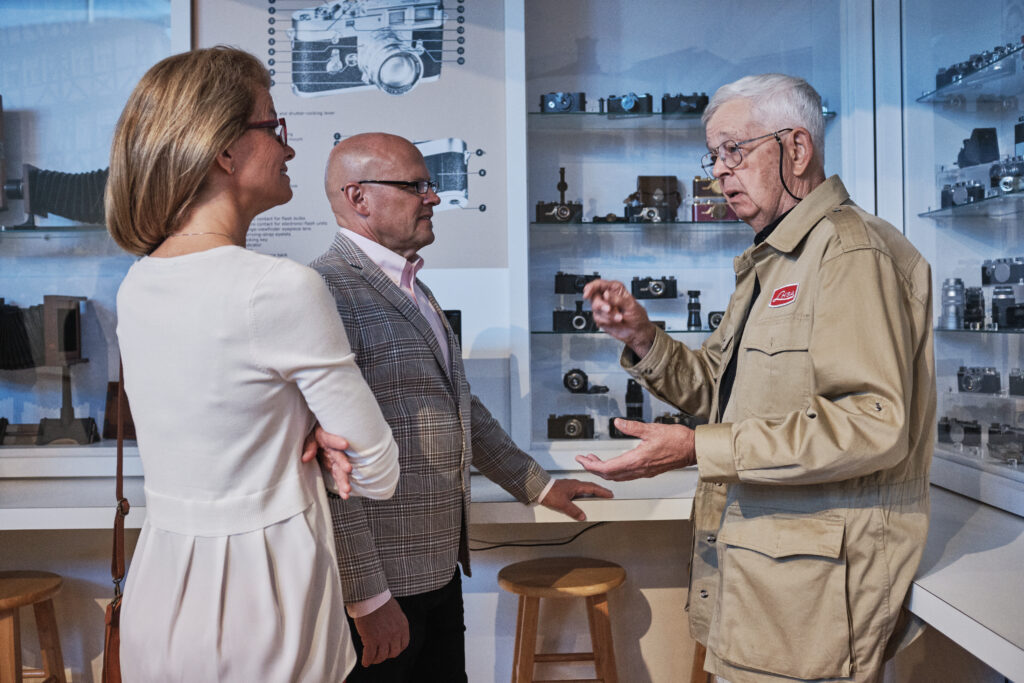
Before having to leave for his flight, Mr. Lager kindly gifted the Richard and Carole Cocks Art Museum a copy of the original receipt for the Leica 114, which he had photographed while conducting research in the Leica Archives at their headquarters in Wetzlar, Germany.
For those interested in learning more we encourage you to visit the Charles M. Messer Leica Camera Collection on exhibit in person or through the Art Museum’s website and Omeka site.
All photographs by Kenneth DeCrosta
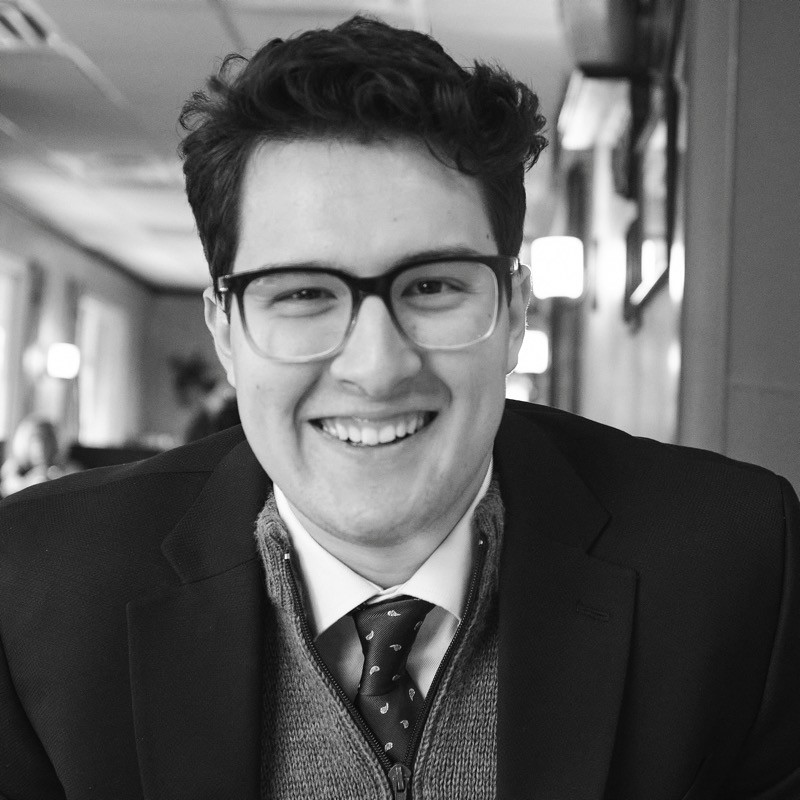
Kenneth DeCrosta is an undergraduate student at Miami University studying economics through the College of Arts and Science. He currently volunteers at the Richard and Carole Cocks Art Museum and has previously served as a Collections Intern under the guidance of Laura Stewart, Collections Manager/Registrar.
To help support the activities and educational programs of Richard and Carole Cocks Art Museum, please consider becoming a member or giving a donation: givetomiamioh.org/artmuseum
